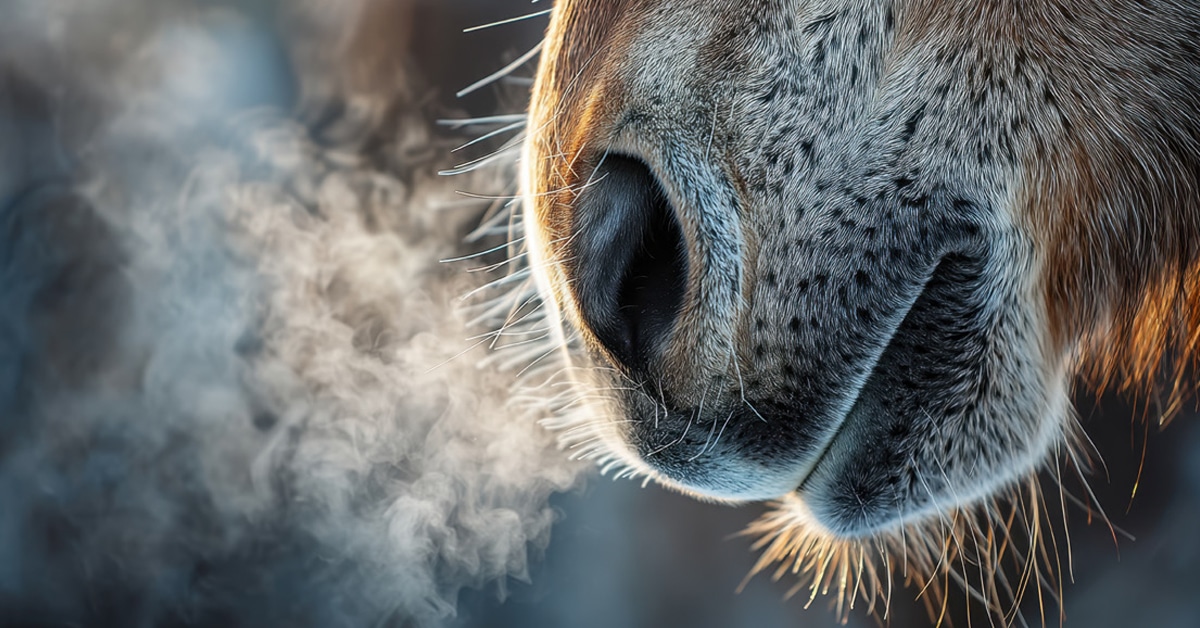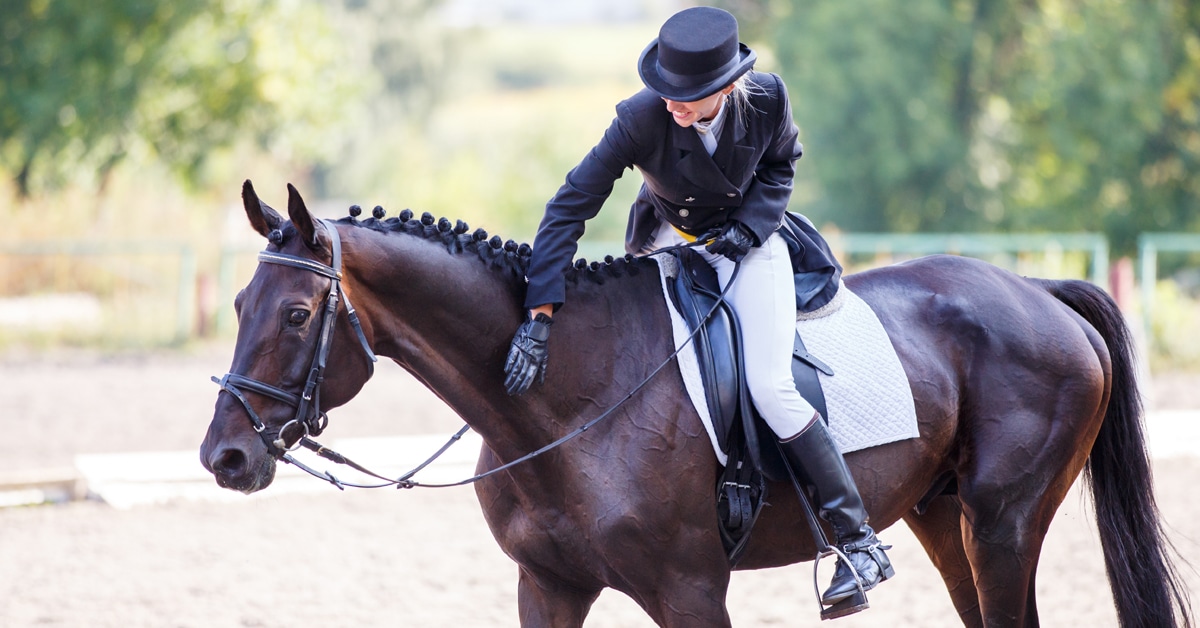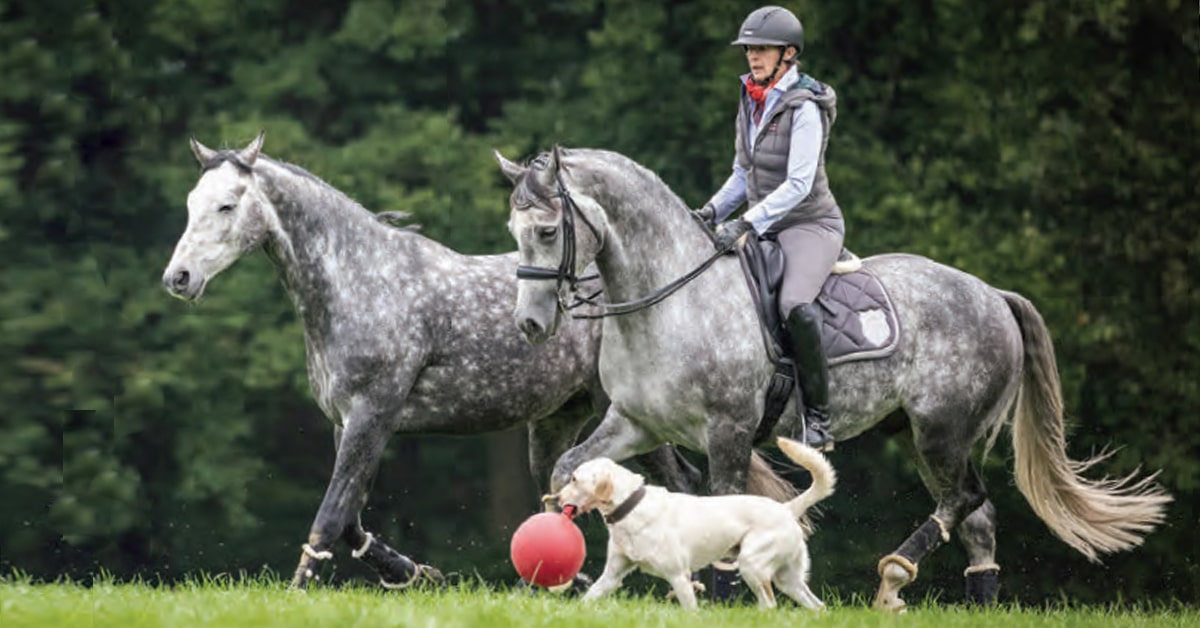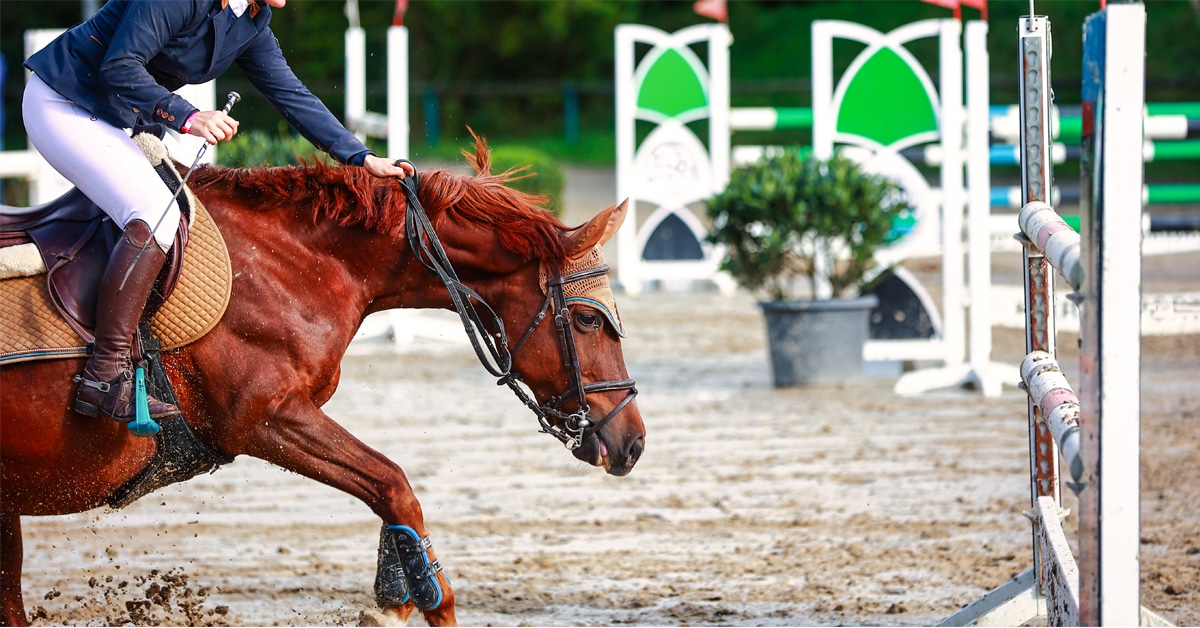In Thoroughbred horse racing, the beauty, elegance, speed, and sheer power of the equine athletes are usually what’s most evident. But a closer look will show that each horse is partnered with a human athlete on their back that plays just as crucial a role – and these jockeys must adhere to strict physical requirements to be eligible to compete.
Jockeys are among the smallest athletes in the world, yet the demands of their job require exceptional strength, balance, and endurance making them pound for pound some of the toughest athletes in the world. So why are jockeys so small, and what limits must they follow?
Weight Limits in Racing
The unofficially accepted weight most jockeys try to remain at or under is 118 pounds, though some prefer to be up to a few pounds less to allow for fluctuation. A jockey’s weight in any given race is determined by the horses they ride and the races they enter.
Every race in the condition book specifies a set weight that qualifying horses will carry based on factors such as sex, age, previous races won and claiming price. This weight includes both the jockey and their tack (saddle, saddle-pad, overgirth, and any lead added to the saddle). In North American racing, this is typically between 112 to 126 pounds (51 to 57 kg), and horses ridden by apprentice jockeys carry 5 or 10 pounds less (10 pounds for riders with 0-5 career wins, and 5 pounds thereafter).
Since tack can weigh up to 10 pounds, a jockey will typically weigh between 108 and 118 pounds when stepping on the scale. Any overage would force the horse to carry more weight, with 8 pounds over being the limit in Ontario a horse is permitted to carry – something no trainer wants.
The Ideal Build
To meet these weight requirements without compromising strength, jockeys tend to be short in stature, averaging between 4’10” and 5’6″ (147 to 168 cm). While there’s no official maximum height, taller jockeys face a harder battle with weight, often leading to more extreme dieting or shorter careers.
Despite their size, jockeys are impressively fit. Their job demands constant squatting in the saddle, controlling thousand-pound animals at speeds exceeding 70 km/h, and maintaining position in tight quarters. Core strength, leg endurance, and mental focus are essential—often compared to that of elite gymnasts or cyclists.
Though taller than average at 5’ 7”, Woodbine’s current leading jockey, apprentice Pietro Moran, had his sights set on becoming a jockey from a young age and focussed on his diet and exercise to be as light and fit as possible.
“I’ve been very lucky with my weight ever since I was young,” Moran said. “For me it’s just a matter of being active and exercising, eating the right foods as best I can without overeating. By doing that I’m able to treat myself a little bit with certain foods and still feel strong every day.”
Well on his way to a Championship season, the 20-year-old Moran, who just won his first King’s Plate on August 16 aboard Mansetti, is also currently studying Kinesiology at the University of Guelph-Humber. It’s a field of study that’s fitting given his chosen vocation and one that allows him to use science when choosing his diet and exercise.
“I’ve always been interested in health and fitness and have always wanted to be an athlete, I thought that studying Kinesiology would help better my knowledge and help me in my career as a jockey,” he said. “I do a lot of body weight and resistance exercises, some strength training but not too much weight. That’s what’s helped me to be stronger but also not put on too much weight or muscle and feel strong at the same time.”
Making Weight: A Grueling Discipline
For many jockeys, maintaining racing weight is a daily struggle. While most adopt disciplined nutrition and exercise routines, others resort to dehydration, time spent in a sauna to sweat out water weight or “flipping” (induced vomiting), though the latter is strongly discouraged and increasingly stigmatized.
Some are blessed with being natural lightweights like Barbados born Rico Walcott who moved his tack to Woodbine in 2023 after a 16-year career in Western Canada. The 5-time winner of the Canadian Derby adheres to a strict diet but luckily doesn’t have to resort to harmful methods of weight cutting.
“I’m very lucky that I’ve never had to work out in a gym, the horses have always kept me fit,” Walcott said. “I do morning workouts and ride races, that’s enough to keep me where I need to be. Sometimes I’ll go into the sauna to pull half a pound or a pound but never to drop a lot. I do it to give myself a little room to drink something throughout the day without my weight being affected for races.”
In recent years, racing authorities and jockeys’ associations have taken steps to better support rider health. With the rise of sports science, wellness programs and sports nutrition guidance are becoming more common.
Some jurisdictions have raised minimum weight limits to accommodate healthier body types and in 2020 Woodbine Racetrack announced they would be raising the minimum weight for jockeys to 118 pounds stating, “The health and welfare of our jockeys was the driving factor for this decision, and the new base weight aligns with racing jurisdictions in Kentucky, Florida and New York.”
Risks and Longevity
The pressure to stay light can have long-term health consequences. Eating disorders, bone density loss, and weakened immune systems are among the risks faced by riders who push their bodies too far. Still, many jockeys compete into their 40s and even 50s, especially when they manage their weight and fitness carefully.
Then there’s 71-year-old Perry Wayne Ouzts, appropriately nicknamed “Ironman”, the oldest jockey to ever win a race who also holds the record for all-time mounts by a jockey with 53,611. Despite countless injuries (40 broken bones by his own estimation), Ouzts has maintained the same weight over his more than 50-year career.
Speaking with thoroughbredracing.com writer Ken Snyder in November 2022, Ouzts said, “I’ve weighed 110 pounds for almost 50 years, within one or two pounds. I get on the scales every morning as soon as I get up to see how much I weigh. If I’m a little light that day, I’ll eat a little more. If I’m heavy, I’ll eat a little less.”
Women in the Saddle
Female jockeys, who often face fewer size-related challenges, have made great strides in professional racing. Their typically smaller frames can be advantageous, though the demands of strength and skill are the same. Top riders like Rosie Napravnik, Hollie Doyle, and Emma-Jayne Wilson have proven that talent outweighs any question of gender.
For Wilson, who passed Julie Krone in 2024 to become the all-time leading money earner amongst female jockeys, being recognized as a good jockey period has always been her focus. The winner of 1,935 races and over $91.6 million in purse earnings once proudly stated, “I am not a female rider, I am a rider that happens to be female. So, it is all a matter of perspective. I am not a female rider; I am just a jockey.”
Small but Mighty
Jockeys may be small in stature, but their influence on the outcome of a race is enormous. Their ability to guide a thousand-pound animal through chaos is nothing short of extraordinary. And behind every winning ride is a finely tuned body, honed not just for speed, but for survival in one of sport’s most dangerous professions.
As the industry evolves, continued emphasis on jockey health and safety is helping to ensure that these athletes can perform at their best—without compromising their well-being to make weight.
The Latest









